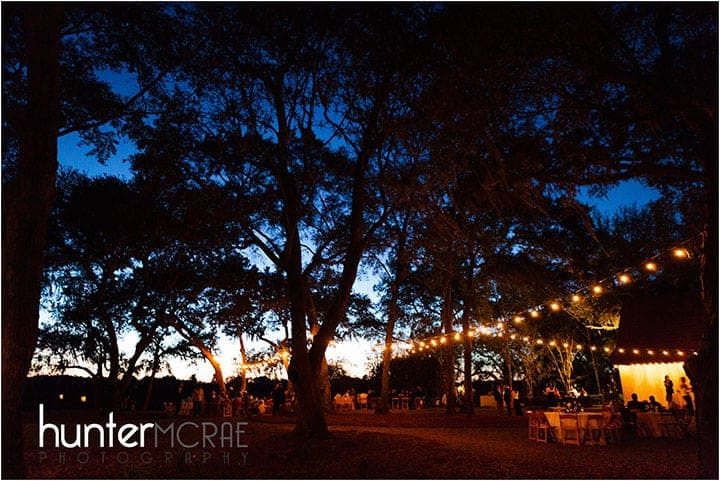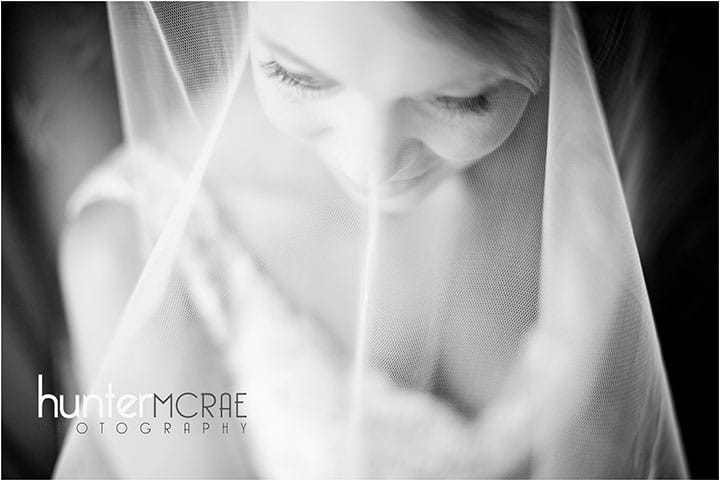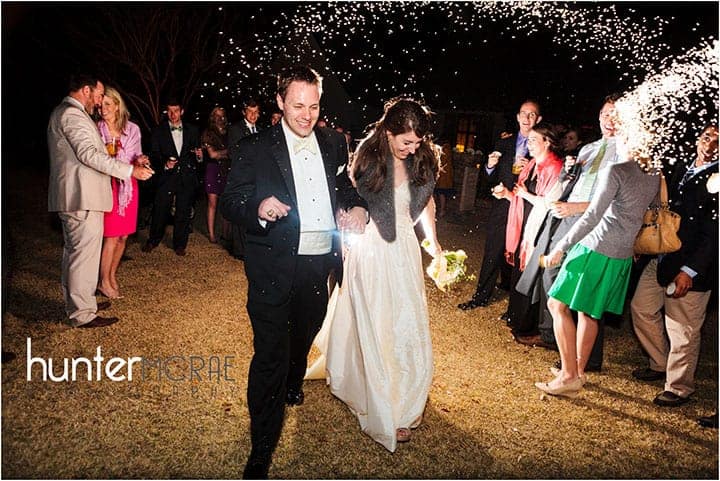One of the first things I do when I book a wedding client is make sure that we have a chance to discuss their wedding day timeline together. I know that I can help my couples have the best pictures possible simply by using my experience and knowledge of light to help them plan out the timing of their day. It's also my own way of trying to ensure that the bulk of their important pictures are taken with enough light.
While you can plan all you want, a part of the role of being a wedding photographer is learning how to be flexible and work with the situation you've been handed with a smile on your face. That bright sunny day you and your bride were hoping for? Nope. You'll have to make do with the indoors and umbrellas. That early ceremony you so tediously and meticulously helped them schedule so you'd have enough natural light to work with? If only that sweet bridesmaid hadn't gotten her zipper stuck and the limo driver hadn't taken a wrong turn on the way to the church. There goes 30 minutes of your precious light.
These things happen, especially on wedding days. It's your job to roll with the punches and make any situation work for you so that you can confidently capture the absolute best for your clients.
Here are five techniques to try when you're running out of light:
1. Windows
When shooting inside in low light, look for a window. Some of the prettiest pictures I've taken, especially of brides, have been done with window light, even while it poured rain outside. Find the angle that's most flattering for her face. Don't be afraid to get close and try out different compositions. Window light is a true gift when working indoors!
2. Silhouettes
Let the fading light work for you rather than fighting it. Silhouettes are stunning and dramatic and are a nice change of pace from all the other shots your client will receive in their final collection of images.
3. Hold Your Breath
See what your camera can do and push it to its limits. Use a high ISO, your widest aperture, and the slowest shutter speed you can get away with while keeping your subject in focus. Then hold your breath, plant your feet firmly on the ground, tuck your elbows into your sides to secure a steady hold, and shoot several images in a row on continuous mode. You may be surprised with the outcome! If you use an ISO higher than 2500 or a shutter speed slower than 10 with this technique, you risk grainy images that may be out of focus.
4. Tripod
When holding your breath doesn't work, it's time to use your tripod. A tripod is the surest way to capture a high quality low light image. Although it's not ideal for a fast paced shooting environment, your tripod is a vital tool when you have a few spare minutes to slip away and focus on one particular shot. Tripods allow the flexibility to use a higher quality ISO and a narrower aperture that will give you greater depth of field and sharper focus. Any moving subject in the frame will be blurred since you will use a very slow shutter speed. For this reason, a tripod is best, in my opinion, for landscape or overall scene shots.
5. External Flash
There are times when none of the techniques above will produce a great picture. It's inevitable that the flash is going to come out of your gear bag at every wedding you shoot. Why not have fun with it?
Practice at home until you are completely comfortable with your flash and are not worried about the technical details. Then experiment and get creative! It's a given that you will use a speedlight on top of your DSLR, but have you tried using several off-camera speedlights that fire remotely? It's a great way to add interesting lighting to reception and dancing pictures.
One of my favorite techniques is creating back light. I have my assistant run behind the newlyweds with a flash pointed toward their backs as they exiting the wedding venue. As I shoot, the flash on my camera and the flash behind the couple fire at the same time (thanks to Pocket Wizards), creating a stunning lighting effect.
The beauty of wedding photography is that every photographer has his or her own style and techniques to achieve the images they love. For every photographer, there is a client who resonates with his or her unique style. I hope what I've learned along the way will help you approach inevitably tough lighting situations with the confidence to be creative and keep a smile on your face!
Hunter McRae's photography career has taken her around the world, with projects from China to South Africa. Now a full-time wedding photographer in Charleston, S.C., Hunter frequently shares tips and insight in articles and photo posts for BorrowLenses.com.







Check the credit: Aly Brown –> Hunter McRae.
(EDIT. Do not post.)
Great info! I’ll be shooting my first wedding later this month.
One question: I want to try 2nd curtain flash on my Canon T2i, but I can’t get it to work with my YN 560 III; the canon menu won’t let me access that feature with the flash attached. What am I doing wrong?